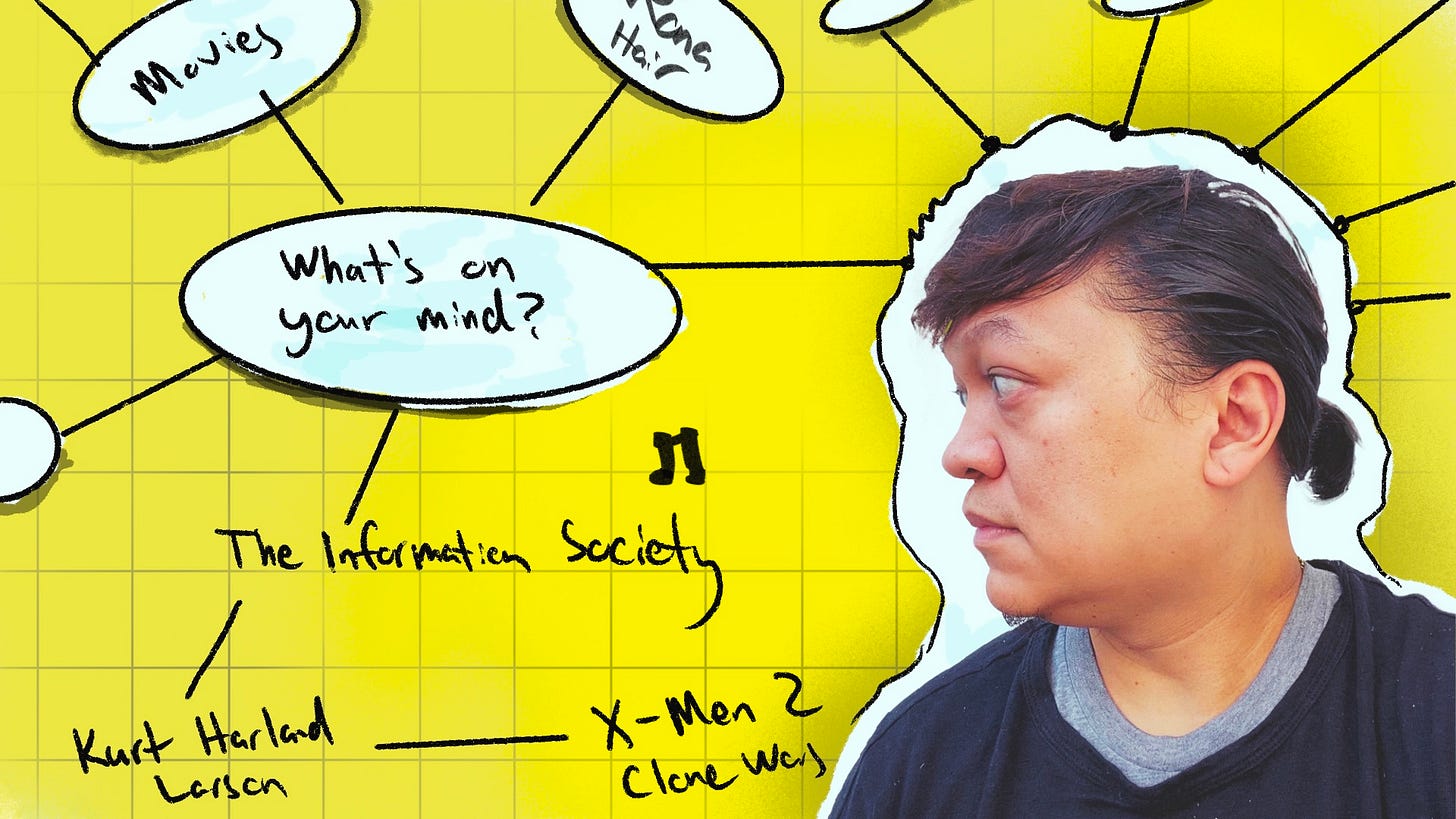
On the surface, I’m not a very organized person. I admire people who post beautiful photos of their clean workspace. Mine always has piles of sketchbooks, post-it notes, and random USB-C cables. On a deeper level, the organization is clear in my head.
When I was a child, my mom would get on me about the messes I made. I remember asking her not to touch m…
Keep reading with a 7-day free trial
Subscribe to Proof of Concept to keep reading this post and get 7 days of free access to the full post archives.

